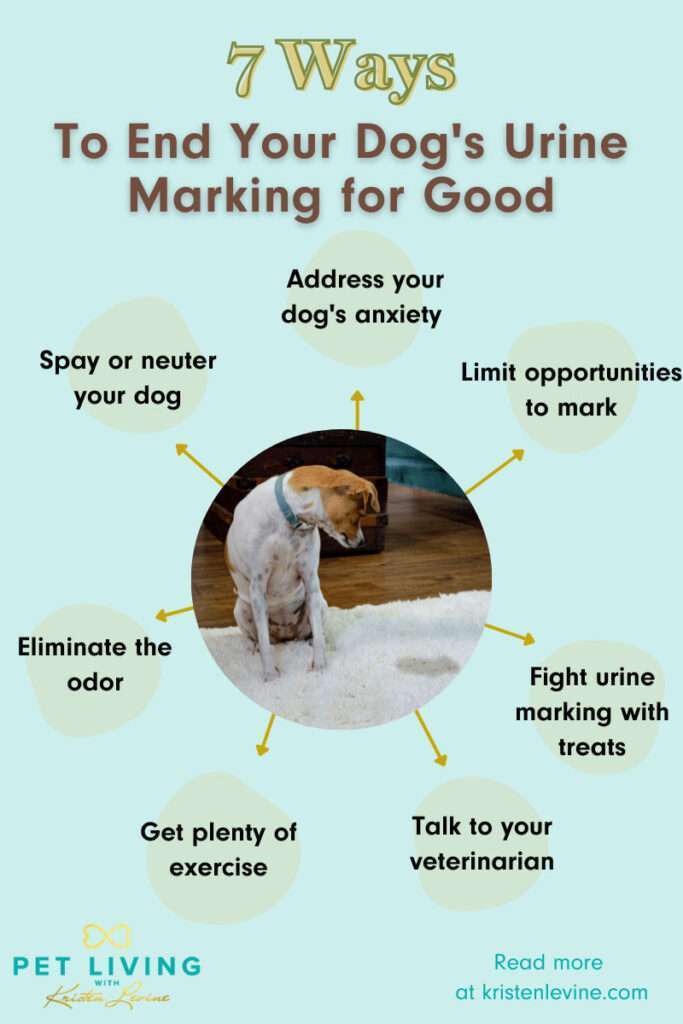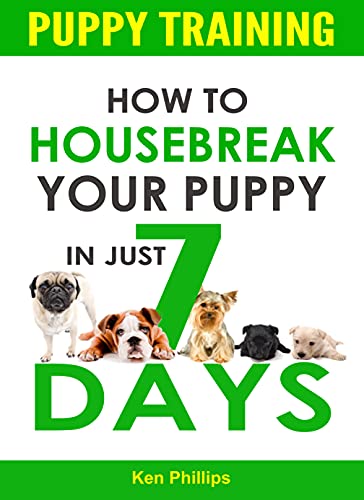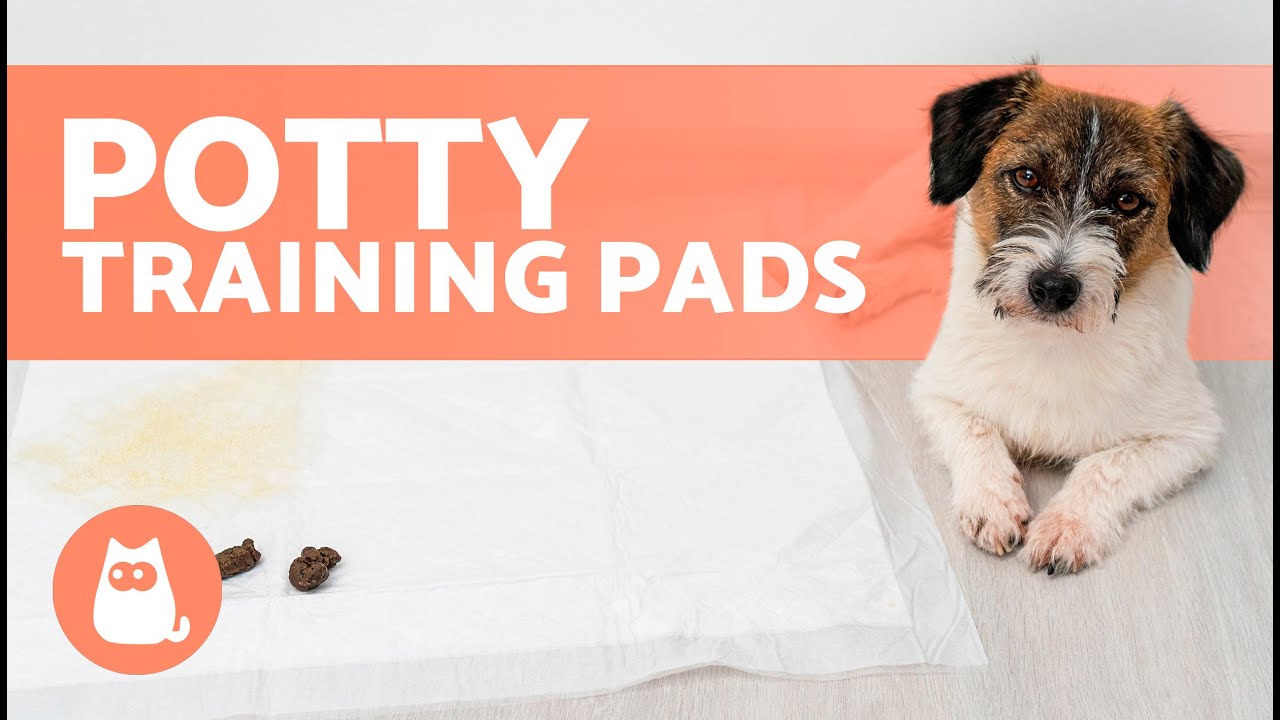If you've recently welcomed a new puppy into your home, learning how to house train them is crucial. In this guide, we'll provide you with simple and effective techniques to ensure your puppy becomes a well-behaved member of your household in no time.
Key Takeaways:
- Consistency is key: Establish a consistent routine for feeding, walking, and bathroom breaks to help your puppy understand when and where they should eliminate.
- Positive reinforcement: Reward your puppy with treats, praise, and affection every time they successfully eliminate outside to reinforce good behavior.
- Patience is important: House training takes time and accidents are bound to happen. Stay calm and be patient with your puppy as they learn the rules of their new environment.
- Use confinement wisely: Utilize a crate or a designated area to confine your puppy when you cannot supervise them closely, helping to prevent accidents and establish boundaries.
- Vigilance is necessary: Keep a close eye on your puppy's behavior signs such as sniffing, circling, or restlessness, which may indicate they need to go potty. Take them outside immediately when these signs occur.
Step 1: How to Begin House Training a New Puppy
When you bring home a new puppy, it's important to start house training right away. This will help your puppy learn where they should go potty and prevent accidents inside the house. To begin house training, establish a designated area outside where you want your puppy to go potty. Take them to this spot regularly, especially after meals or naps. Be patient and consistent with your training, as it may take some time for your puppy to understand what is expected of them.
It's also important to establish a routine for your puppy's meals and bathroom breaks. Feed them at the same times each day and take them outside shortly after eating. This will help regulate their digestion and make it easier for them to learn when they need to go potty.
Establishing a Routine
To establish a routine for your puppy, try the following steps:
- Feed your puppy at the same times each day.
- Take them outside immediately after eating.
- Give them plenty of time to sniff around and find their spot.
- Praise and reward them when they go potty in the designated area.
- If they don't go within a few minutes, bring them back inside and try again later.
Puppy Training Pads
If you prefer not to take your puppy outside every time they need to go potty, you can also use puppy training pads indoors. These are absorbent pads that can be placed in a designated area of your home. When your puppy needs to go, they can use the pad instead of going on the floor. Gradually move the pad closer to the door over time, eventually transitioning your puppy to go outside.
The Importance of Establishing a Consistent Puppy Feeding Schedule
One important aspect of house training your puppy is establishing a consistent feeding schedule. A regular feeding schedule helps regulate your puppy's digestion and makes it easier for them to develop a bathroom routine. By feeding your puppy at the same times each day, you can predict when they will need to go potty and be prepared to take them outside.
When setting up a feeding schedule for your puppy, choose two or three specific times throughout the day for meals. Stick to these times as closely as possible, even on weekends or holidays. This consistency will help your puppy understand when it's time to eat and when they can expect their next meal. It's also important to provide fresh water for your puppy at all times, but be mindful of their water intake before bed to minimize accidents during the night.
Tips for Establishing a Consistent Feeding Schedule
- Choose two or three specific times each day for meals.
- Measure out the appropriate amount of food for each meal.
- Feed your puppy in the same location every time.
- Allow your puppy 10-15 minutes to finish their meal.
- If they don't finish within that time, remove the food until the next mealtime.
Puppy Bathroom Routine
In addition to establishing a consistent feeding schedule, it's important to develop a bathroom routine for your puppy. Take them outside shortly after meals or naps, as well as first thing in the morning and right before bed. By consistently taking them outside at these times, you can reinforce where they should go potty and prevent accidents inside the house.
When taking your puppy outside, choose a designated area where you want them to go potty. Use a specific command, such as "go potty" or "do your business," to associate with the act of going to the bathroom. Be patient and give your puppy plenty of time to sniff around and find their spot. Once they go potty in the designated area, be sure to praise and reward them with treats or verbal praise.
Recognizing Signs that Your Puppy Needs to Go Outside
It is important to be able to recognize the signs that your puppy needs to go outside in order to prevent accidents in the house. One common sign is when your puppy starts sniffing around and circling a specific area. This behavior indicates that they are searching for a spot to relieve themselves. Another sign is when your puppy suddenly becomes restless or starts pacing back and forth. This could mean that they are feeling uncomfortable and need to go outside. Additionally, if your puppy starts whining or scratching at the door, it is a clear indication that they need to be let out.
To further assist in recognizing these signs, you can also establish a routine for taking your puppy outside. By consistently taking them out at certain times throughout the day, such as after meals or naps, you can help them develop a regular bathroom schedule. This will make it easier for both you and your puppy to anticipate when they need to go outside.
Creating an Indoor Potty Area for Your Puppy
In some cases, it may not be feasible or convenient to take your puppy outside every time they need to relieve themselves. In these situations, creating an indoor potty area can be a helpful solution. To create an indoor potty area, you will need a designated space in your home that is easily accessible for your puppy.
Choosing the Right Location
The location of the indoor potty area should be somewhere that is easy for your puppy to find and access whenever they need it. It should also be an area that is easy for you to clean up and maintain.
Laying Down Pee Pads or Artificial Grass
To create the actual potty area, you can lay down pee pads or use artificial grass specifically designed for dogs. These materials are absorbent and easy to clean, making them ideal for indoor use.
Introducing Your Puppy to the Indoor Potty Area
When introducing your puppy to the indoor potty area, it is important to supervise them closely and provide positive reinforcement when they use it correctly. You can do this by praising them or offering treats as a reward. With consistent training and reinforcement, your puppy will learn to associate the indoor potty area with the appropriate place to relieve themselves.
Rewarding and Reinforcing Good Behavior during House Training
Rewarding and reinforcing good behavior is a crucial aspect of house training your puppy. By providing positive reinforcement, you can encourage your puppy to continue exhibiting desirable behaviors.
Using Treats
One effective way to reward good behavior is by using treats. Whenever your puppy successfully goes outside or uses their designated indoor potty area, immediately praise them and offer a small treat as a reward. This positive association will reinforce the desired behavior and motivate your puppy to repeat it in the future.
Verbal Praise
In addition to treats, verbal praise is another powerful tool for reinforcing good behavior. When your puppy successfully goes outside or uses their designated potty area, enthusiastically praise them with phrases like "good job" or "well done." Your tone of voice should be upbeat and positive, further emphasizing that they have done something right.
Consistency is Key
To effectively reinforce good behavior, it is important to be consistent in both rewards and timing. Always provide immediate praise and rewards when your puppy exhibits the desired behavior. Consistency will help solidify the connection between the action and the positive reinforcement in your puppy's mind.
(Note: The remaining subheadings will be continued in the next response.)
How Long Does It Take to Fully House Train a Puppy?
House training a puppy can take anywhere from a few weeks to several months, depending on the individual dog and the consistency of the training. It is important to remember that every puppy is different and will learn at their own pace. Some factors that can affect the duration of house training include the breed of the puppy, their age, and their previous living conditions.
Tips for Successful House Training:
Create a Routine
Establishing a consistent routine is crucial when house training a puppy. This includes feeding them at regular times, taking them outside to eliminate after meals, naps, and playtime. By following a routine, you are teaching your puppy when and where they should go potty.
Use Positive Reinforcement
Puppies respond well to positive reinforcement during house training. Whenever your puppy eliminates in the appropriate spot outside, praise them enthusiastically and offer treats or verbal rewards. This helps reinforce the desired behavior and encourages them to continue eliminating in the designated area.
Be Patient
House training can be frustrating at times, but it is essential to remain patient with your puppy. Accidents may happen occasionally, especially during the early stages of training. Instead of scolding or punishing your puppy for accidents inside the house, focus on reinforcing good behavior and redirecting them to the appropriate spot.
What to Do If Your Puppy Has an Accident Inside the House
If your puppy has an accident inside the house, it is important not to punish or scold them as this can create fear or confusion. Instead, follow these steps:
Clean Up Thoroughly
When accidents happen, it is crucial to clean up the mess thoroughly to remove any lingering odor. Use an enzymatic cleaner specifically designed for pet accidents to eliminate the scent completely. This will help prevent your puppy from being attracted to that spot again.
Revisit Your Training Routine
If your puppy has frequent accidents inside the house, it may be a sign that you need to revisit your training routine. Ensure that you are taking them outside regularly and providing ample opportunities for them to eliminate in the appropriate area. Consider increasing the frequency of bathroom breaks and closely monitoring their behavior for signs they need to go.
Supervise and Confine
To prevent future accidents, it is important to supervise your puppy closely and confine them when necessary. Use baby gates or crates to limit their access to areas where accidents have occurred in the past. This allows you to keep a close eye on them and intervene if needed.
Challenges and Mistakes to Avoid While House Training a New Puppy
House training a new puppy can come with its fair share of challenges. It is important to be aware of common mistakes and pitfalls in order to avoid setbacks in the training process:
Inconsistency
Consistency is key when house training a puppy. Inconsistently enforcing rules or routines can confuse your puppy and make it harder for them to understand what is expected of them. Make sure all family members are on board with the same training methods and follow them consistently.
Lack of Patience
Puppies require patience during the house training process. It takes time for them to learn where they should go potty, and accidents are bound to happen along the way. Losing patience or becoming frustrated can hinder their progress and create anxiety around elimination.
Not Supervising Adequately
Proper supervision is crucial during the house training period. If your puppy is left unsupervised, they may have accidents without you noticing. Always keep an eye on them, especially during the early stages of training, and intervene if you notice any signs that they need to eliminate.
Neglecting Positive Reinforcement
Positive reinforcement is a powerful tool in house training. Neglecting to reward your puppy for eliminating in the appropriate spot can make it harder for them to understand what behavior is desired. Consistently praise and reward your puppy when they go potty outside to reinforce the positive behavior.
By being aware of these challenges and avoiding common mistakes, you can set your new puppy up for success in their house training journey.
| Conclusion | |
| Step | Key Takeaway |
| Establish a routine | Consistency is key for successful house training. |
| Use positive reinforcement | Reward your puppy for desired behavior to encourage learning. |
| Punishment-free approach | Avoid scolding or punishing your puppy, as it can hinder progress. |
| Manage accidents calmly | |
















